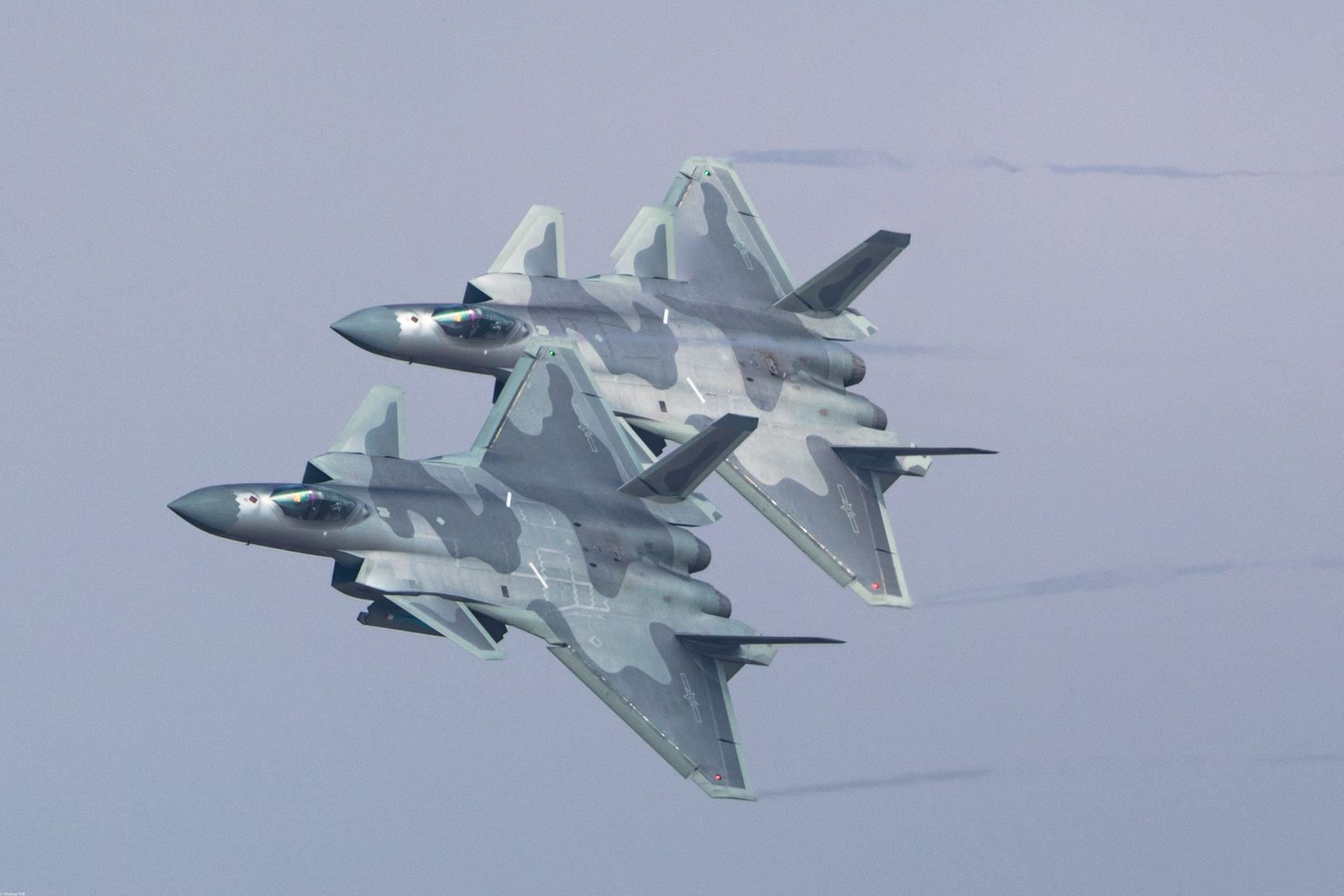AVIC building twin-seat version of top fighter jet
By ZHAO LEI | CHINA DAILY | Updated: 2021-01-12 08:54

Aviation Industry Corp of China, the nation's leading aircraft maker, is poised to develop a twin-seat version of its J-20 stealth fighter jet-China's most advanced combat plane, according to the State-owned conglomerate.
In a video clip recently published on AVIC's WeChat social media account, the company showed a computer-graphics picture of four twin-seat J-20s flying in a group. The video was part of AVIC's publicity campaign, which was launched last week and peaked on Monday, to mark the 10th anniversary of the debut test flight of the J-20, now a pillar of the People's Liberation Army Air Force's combat fleet.
It did not explain the image, but given the fact that China's State-owned defense contractors would only display their products that have already been delivered to the Chinese military or that will soon start trial runs, the appearance of the twin-seat version in this video confirmed AVIC's intention to develop variants of the radar-evading J-20.
Fu Qianshao, an aircraft expert who served with the PLA Air Force for decades, said the new double-pilot model will likely be tasked with conducting electronic warfare operations or guiding unmanned aircraft to strike enemy targets.
"The additional operator in the back seat will be responsible for controlling electronic warfare instruments or coordinating strike operations by his or her plane and attack drones," he told China Daily on Monday. "It is better to have a crew member to focus on these extended functions as the pilot will be too busy to take care of all of those tasks in real air combat."
An extra seat will bring more benefits than these, the expert added.
"The twin-seat variant can have a backup flight-control system installed for the back-seat operator to use in case the main system malfunctioned or was damaged in action, or the pilot was incapacitated.
"It can also be used to train new aviators to make them familiar with the cutting-edge fighter jet as quickly as possible," Fu noted.
Wang Yanan, editor-in-chief of Aerospace Knowledge magazine, explained that the addition of a back-seat operator can enable the J-20 to better use precision-guided munitions and connect with the airborne early warning and control system.
Furthermore, if the J-20 is to cooperate with a drone swarm system consisting of many pilotless planes, it will need a crew member dedicated to controlling those drones, he said.
He pointed out that the twin-seat J-20 will need a new type of engine with stronger thrust.
China's first stealth combat aircraft, the J-20 was designed by the AVIC Chengdu Aircraft Design and Research Institute in Sichuan province and is built by AVIC Chengdu Aircraft Industry.
The most sophisticated and powerful fighter jet in the nation conducted its maiden flight on Jan 11,2011, at an airport owned by AVIC Chengdu Aircraft Industry, making headlines on almost all media outlets on the mainland that day and immediately sparking a huge wave of jubilation from weapon fans across the country.
The plane was officially declassified in November 2016 when it staged a brief flight performance at the 11th China International Aviation and Aerospace Exhibition. It was commissioned to the PLA Air Force later that year, becoming the third stealth fighter jet in the world to enter service following the United States' F-22 Raptor and F-35 Lightning II.























